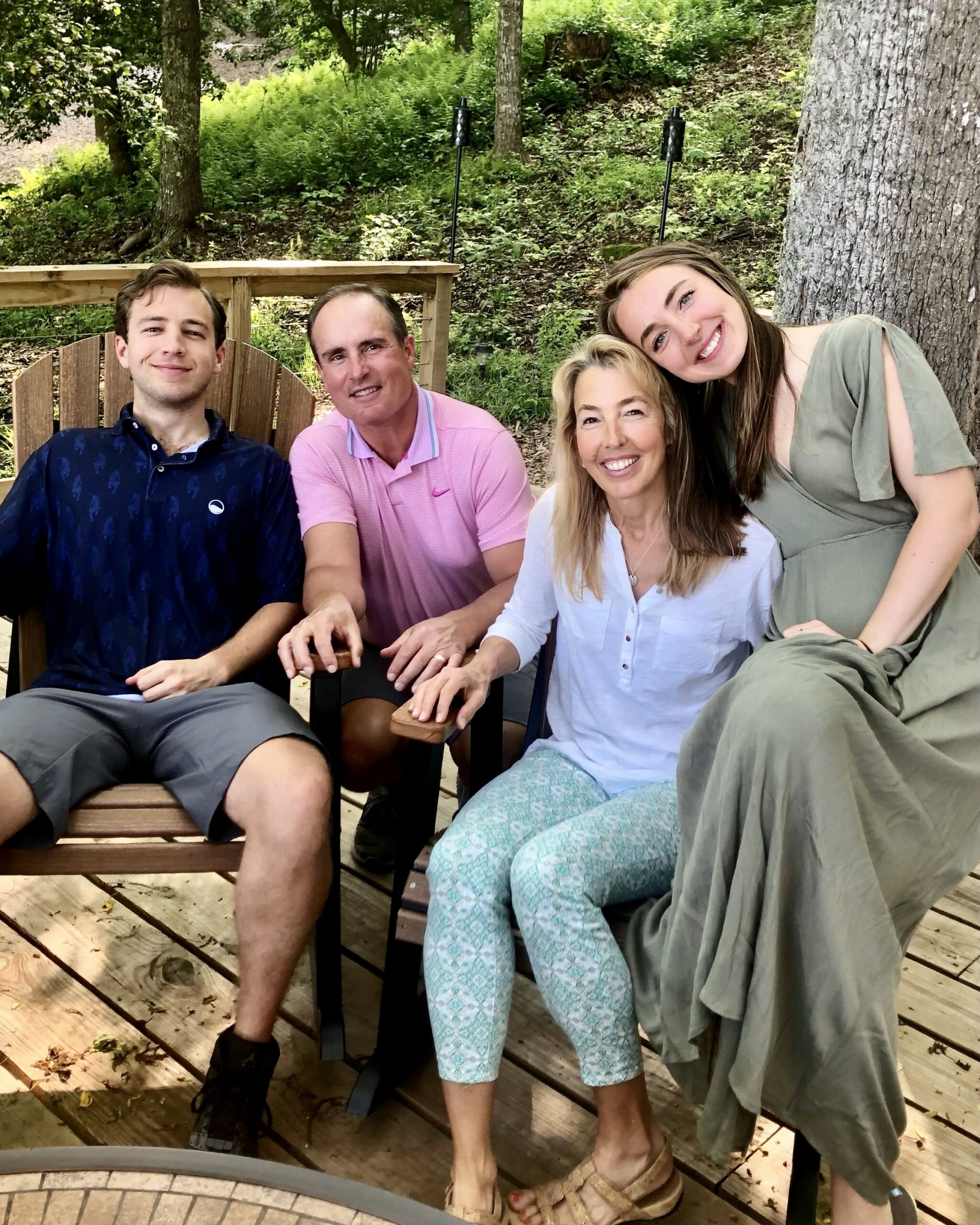
Once diagnosed, Austin and his family learned that there were no treatments for CMT1A that could slow, stop, or reverse the progression. For the family, getting the diagnosis was an important first step. But learning that CMT was progressive and that there were no treatments despite being as prevalent as MS, which has over a dozen treatment options, was devastating to them.
It was then that Michele connected with CMTRF co-founder, Susan Ruediger.
“Susan was the first person aside from my son who I met who had CMT. When we met in my living room I was comforted. She showed me her leg braces to help her walk and I heard her story about living a full and productive life. But I also saw how much she struggled. I saw what the future held for Austin and I knew that, together, we had to do better.”
With the founding of the CMT Research Foundation, Michele and Kent had confidence that patients were leading the efforts to end CMT. With the drive, determination, and personal commitment to ending this disease, the Stahl’s knew they had to join the efforts.
“Susan and Pat (Livney, co-founder of CMTRF) live with CMT every day. They ache when they get out of bed, they struggle to get dressed, they feel the daily implications of CMT in ways that those of us without CMT can’t. Like Austin, they can’t forget their CMT for one minute. That experience drives them in unparalleled ways to find anyone who can change the course of this disease,” says Michele.
The Stahl family quickly partnered with Susan and Pat by making a significant donation. Their money was immediately put to good use, funding two projects for CMT1A. Being a funder in the early work of the two genetic approaches to treat CMT1A was exciting for Michele and Kent. But watching those projects’ success garner additional NIH funding and private equity investments was thrilling, especially for Kent who worked as an investor for over 30 years.
“I remember when Susan told me that DTx Pharma raised $100M on the heels of the CMT1A program initially funded by our donations. My eyebrows went up – I then knew that I had to jumpstart more projects like these to increase the likelihood of developing successful treatments for Austin. A second research project funded by our donations also just received private equity investment,” says Kent. “It was based in part on Dr. Scott Harper’s doctoral
thesis in 2006, but the research never advanced due to lack of funding until CMTRF investment in 2019. To think we could have had a cure 10 years ago with appropriate funding is disheartening. Our son, like the millions of others afflicted with CMT, has done everything in his power to keep his body in peak physical condition to lessen the deterioration. Now it is our turn to act and become part of the legacy that ends CMT.”
The Stahl family surprised the CMTRF with announcing their $1 million donation in a Zoom event with other families with CMT1A. In the following days, four more families offered their support, matching all $1 million of the Stahl’s donation. Since the launch of ENDGAME: the Campaign to End CMT1A, families and friends with CMT have pledged over $4.6 million of the $10 million goal.
“The Stahl family started something very surprising and special,” recalls CMTRF board member and campaign chair, Peter deSilva. “We knew that families were interested in being a part of the solution; we set a 3-year goal to raise $10 million. To raise almost half in just a few weeks, ignited by the momentum started by the Stahl family, exceeded every expectation.”
Michele and Kent were surprised as well. While they hoped their gift would be catalytic to the campaign, no one expected that it would be matched in just a few days.
The CMT Research Foundation is already at work scouting projects to put the money to use and building a pipeline of projects to fund. Proposals have been discussed with investigators around the world and the scientific momentum is palpable.
“We’ve started a movement to end CMT1A,” says Michele. “That’s exactly what we hope our gift would do.”
To learn more about ENDGAME: the Campaign to End CMT1A, and how you can be a part of the movement, please visit https://cmtrf.org/cmt1a-endgame/

Thank you